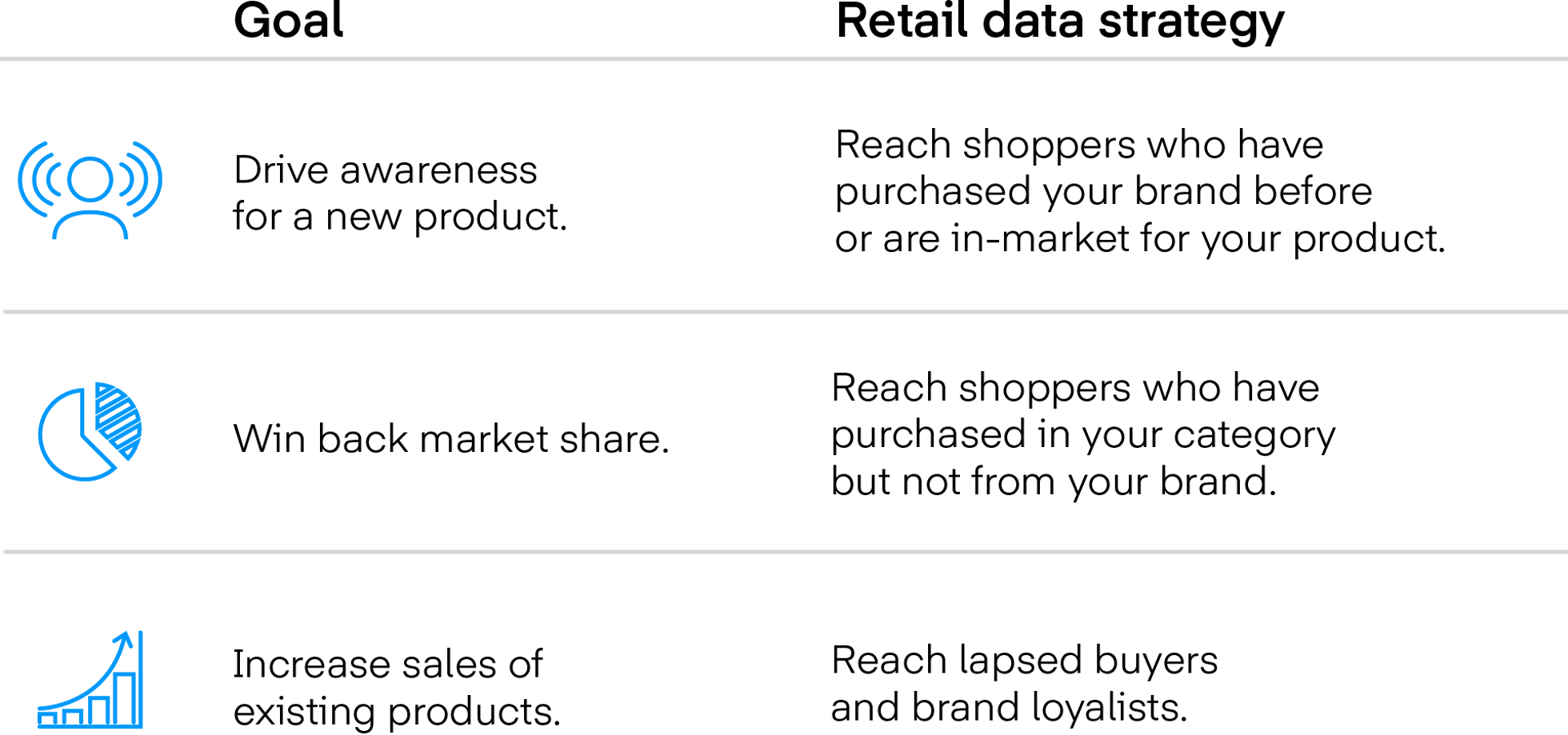Case Studies Retail Media
CHEERIOS® sees “O‑so-delicious” campaign success with retail data

Recruiting fraud is a growing issue for many companies.
The Trade Desk takes this issue seriously and is taking steps to address it.
Share:
For some brand marketers, the easiest way to activate campaigns has often been to focus on mass reach using either broad demographic targeting or no targeting at all. But this approach doesn’t necessarily yield the best results.
Our GM of data partnerships, Ben Sylvan, has explained the limitations of mass reach in a recent op-ed, but to quickly summarize: Imagine you’re a toothpaste brand. You may think that your target audience is everyone and anyone, because everyone has a mouth. And it’s true that most people buy toothpaste. But not all shoppers are the same — some people may prefer whitening toothpaste, others have sensitive teeth, and still others may be buying toothpaste for their kids. As a toothpaste brand, do you want to send the same message or promote the same products to each of these consumers? Or would you rather take a more targeted approach?
Let’s look at one more example. Last year, only 19 percent of U.S. households bought diapers, according to Circana. Yet it’s hard to turn on the TV at certain times of the day without seeing a diaper ad. According to iSpot, last year alone, diaper brands spent $75 million on linear TV ads. But with broad demographic targeting, it’s likely that a lot of those ads were served to people who have no plans to buy diapers anytime soon, or possibly ever. If you’re a diaper brand (or any brand, really), wouldn’t you want to make sure you’re focusing your investment on consumers who are actually in the market for your products?
Enter retail data. Retail audience segments are made up of deterministic data sets based on verified purchase and loyalty program data. Retailers often have years or even decades of data, along with rich e‑commerce signals, which they can use to create hyper-relevant segments with the goal of predicting if someone is in the market for a new product, has entered a new life stage, or has certain shopping tendencies.
You can use these segments to reach the people who are most likely to buy your products and deliver the right message to those people with precision and scale. By taking a data-driven approach, you can reduce wasted media spend and drive growth for your brand.
It’s not just for shopper marketing!
Historically, brands have had to rely on retail media networks (RMNs) and Amazon DSP to access this valuable retail data. RMNs can provide a lot of value for advertisers, but these activations typically have to happen in silos and are typically tied to lower-funnel shopper marketing efforts. Amazon DSP primarily reaches people who shop online, but many CPG products are still purchased in stores.
As the retail media space evolves and reliable third-party data becomes increasingly scarce, many advertisers are turning to retail data to reach verified buyers throughout their shopping journeys. Making this shift is especially important for brands with limited first-party data, like CPGs, that are looking for ways to enhance and future-proof their targeting strategies.
While there are tons of opportunities for shopper marketers to use retail data to drive sales at specific stores, there’s also huge potential for brand marketers. People are now often discovering products and making purchase decisions long before they reach the aisle. You should try to anticipate these evolving consumer habits so you can reach those people wherever they’re consuming media and build those relationships at every stage of the customer journey.
By using retail data across your omnichannel media buys, you can work toward understanding who your real customers are, and how they’re engaging with your brand. For example, you might discover that people who are first exposed to your ads on Connected TV and then retargeted on their mobile devices are more likely to buy your products.
Even if retail sales are not your primary KPI, you can still use retail audiences to drive toward upper-funnel goals like awareness by reaching more of the right customers and managing frequency holistically across channels and retailers.
Activating retail data on The Trade Desk
Within our platform, you can add retail data to your existing audience targeting strategies, or use retail data to reach an entirely new audience. Here are just a few examples:

Retail data is relevant for non-endemic brands too!
Best practices
Going beyond audiences with closed-loop measurement
Beyond using retail data to reach the right audience, many marketers are starting to use retail sales measurement to connect their omnichannel media buys to real-world sales.
With the retail sales reports and standardized attribution available in our platform, you can get a holistic view of online and in-store sales across many of the world’s biggest retailers. These retail sales signals can be used for in-flight optimizations to help drive performance. Brands can also use these insights to inform future media plans and creative strategies, and to demonstrate true ROI of brand campaigns.
Reach out to your account manager to learn more about how you can access retailer measurement at no added cost to help drive campaign conversions.
Case Studies Retail Media

Resources Retail Media

Resources Our platform
